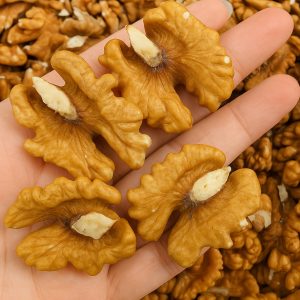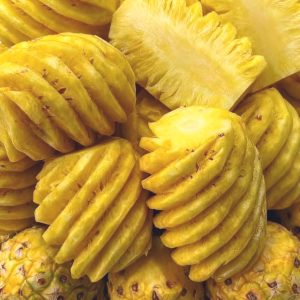
Mimosa pudica, widely recognized as the “sensitive plant” or “touch-me-not,” is famous for its ability to fold its leaves when touched.
However, beyond this intriguing characteristic, it has long been valued in traditional medicine for its diverse healing properties. Let’s delve into the remarkable medicinal benefits and uses of this extraordinary plant.
Medicinal Properties of Mimosa Pudica
- Antimicrobial – Possesses strong antimicrobial effects, making it useful against bacterial and fungal infections.
- Anti-inflammatory – Helps reduce inflammation, making it beneficial for wounds, joint pain, and skin conditions.
- Antioxidant – Rich in antioxidants that combat oxidative stress and protect cells from damage caused by free radicals.
- Astringent – Helps tighten tissues and control bleeding, promoting faster wound healing.
- Antiparasitic – Traditionally used, particularly in Ayurvedic medicine, to eliminate intestinal parasites.
- Sedative – Has mild calming effects, supporting relaxation and improved sleep.
- Antidiarrheal – Strengthens the intestinal walls, alleviating diarrhea and promoting digestive health.
Traditional Uses of Mimosa Pudica
1. Wound Healing and Skin Care
- Crushed leaves are applied as a paste to wounds, burns, and cuts to accelerate healing and prevent infections.
- Its astringent and antimicrobial properties help reduce bleeding and fight harmful microbes.
2. Digestive Health and Gut Support
- Aids in managing diarrhea, irritable bowel syndrome (IBS), and expelling intestinal parasites.
- Drinking Mimosa pudica tea soothes the digestive tract and promotes overall gut health.
3. Expelling Intestinal Parasites
- The seeds are particularly effective in eliminating worms such as tapeworms and roundworms.
- Helps detoxify the gut by paralyzing and expelling parasites.
4. Reducing Inflammation and Pain
- Beneficial for arthritis and joint pain relief.
- Can be consumed as tea or applied topically to reduce swelling and discomfort.
5. Supporting Respiratory Health
- Used to treat asthma, bronchitis, and persistent coughs by clearing mucus and reducing airway inflammation.
- Acts as a natural expectorant, soothing respiratory irritation.
6. Calming the Nervous System
- Helps alleviate anxiety, stress, and insomnia due to its mild sedative properties.
- Drinking its tea before bed promotes relaxation and better sleep.
7. Enhancing Uterine Health
- Supports reproductive health by regulating menstrual cycles and easing menstrual cramps.
- Traditionally used to address uterine disorders.
8. Managing Diabetes
- May aid in regulating blood sugar levels by enhancing insulin sensitivity and reducing glucose absorption.
- Can be incorporated as part of a natural diabetes management plan.
Ways to Use Mimosa Pudica
- Mimosa Pudica Tea – Boil fresh leaves in water for 10–15 minutes and drink to support digestion and reduce inflammation.
- Topical Paste – Crush the leaves into a paste and apply directly to wounds, cuts, or inflamed skin.
- Mimosa Pudica Powder – Ground seeds can be consumed in capsule form or mixed with water to eliminate parasites and support gut health.
- Tinctures – Available in health stores, tinctures can be taken orally for overall wellness.
Precautions and Considerations
- Pregnancy and Breastfeeding – Should be avoided unless approved by a healthcare provider.
- Medication Interactions – Consult a doctor before use, especially if taking medications for diabetes or blood pressure.
- Allergic Reactions – Discontinue use if any signs of allergic reactions occur.
Mimosa pudica is more than just a plant with a fascinating touch response—it’s a powerful herbal remedy with a wide range of medicinal benefits. From promoting wound healing and digestive health to calming the mind and regulating blood sugar, it offers numerous natural health solutions. However, it’s always advisable to consult a healthcare professional before incorporating it into your wellness routine.






